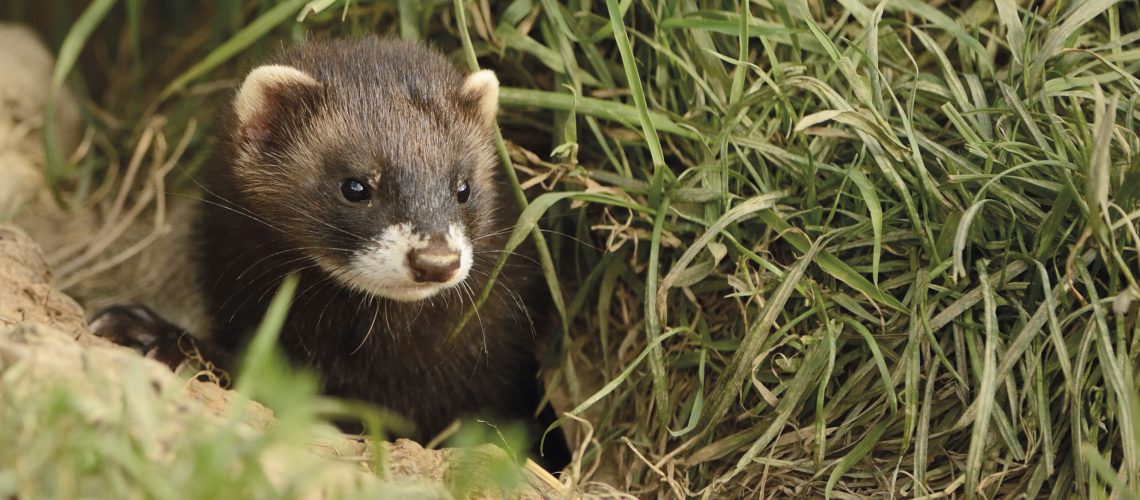The report on our recent national polecat survey has just been published and can be downloaded here.
We are very grateful to everyone who submitted records for the survey. Without you, the survey would not have been possible.
A summary of the survey report is shown below.
Summary
- A total of 1761 records of polecats and polecat-ferrets were collected from mainland Britain from January 2014 to December 2015.
- Of the records received, 42% were verifiable on the basis of photos or video footage provided. Of the verified records, 74% were classified as true polecat, 25% were classified as polecat-ferret and 1% were classified as ferrets, based on phenotypic characteristics.
- 51% of records received were road casualties, 36% were live sightings, 5% were animals caught alive in traps, 4% were animals found dead and not obvious road casualties, 4% were animals recorded on camera traps and <1% were from an unspecified or other source.
- Verifiable records of true polecats were received from 370 hectads (10km x 10km squares) in Britain. Verifiable records of polecat-ferrets were received from 145 hectads.
- Verifiable records of true polecats were received from several vice counties where true polecats have not been recorded in previous distribution surveys; these are South Somerset, North Devon, South Devon, East Cornwall, East Kent, East Suffolk, West Norfolk, Cambridgeshire, South Lincolnshire, South Lancashire, South-west Yorkshire, North-west Yorkshire, South Northumberland, Dumfriesshire and Angus.
- Polecats are maintaining their range in their historical stronghold of Wales and the West Midlands. The polecat’s range has expanded considerably in south-west England and East Anglia. There has been little change in polecat distribution in much of northern England, although the polecat population in Cumbria is expanding into parts of western Northumberland and a population appears to be present in the eastern Yorkshire Dales. There has been little change in polecat distribution in Scotland. Polecats appear to be re-colonising Dumfriesshire and the reintroduced population in Perthshire and Angus remains established.
- Polecats are now more widespread in Britain than at any time in the last 100 years.
- 266 carcasses were collected for analyses. Carcasses will be used to investigate anthropogenic hazards to polecats, such as exposure to rodenticides and subsequent secondary poisoning.
